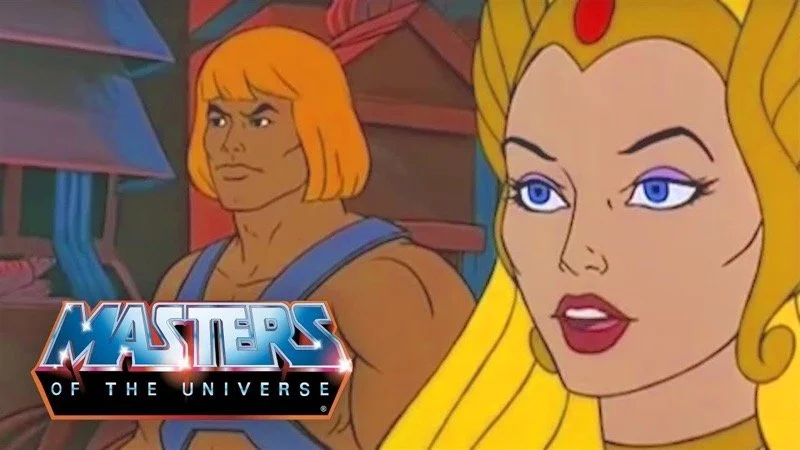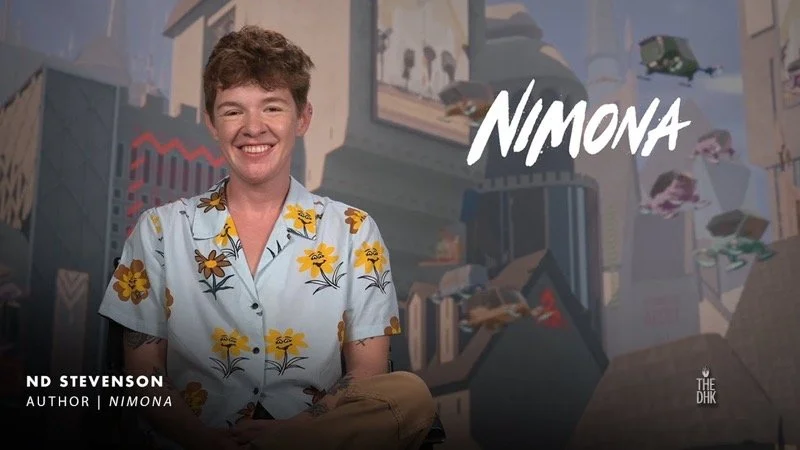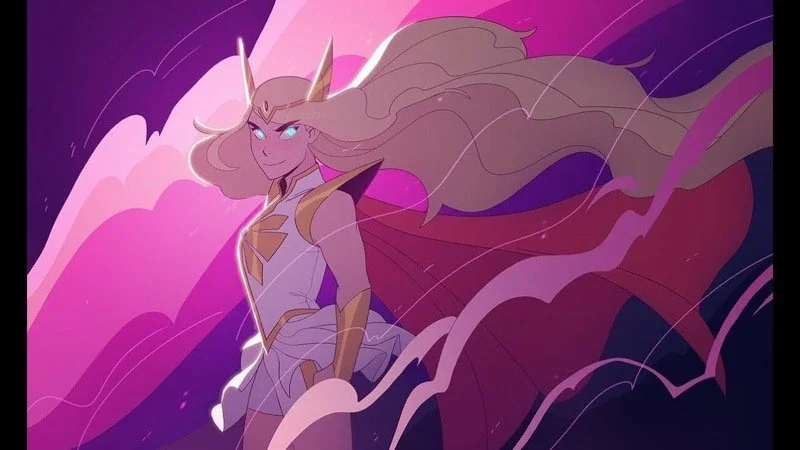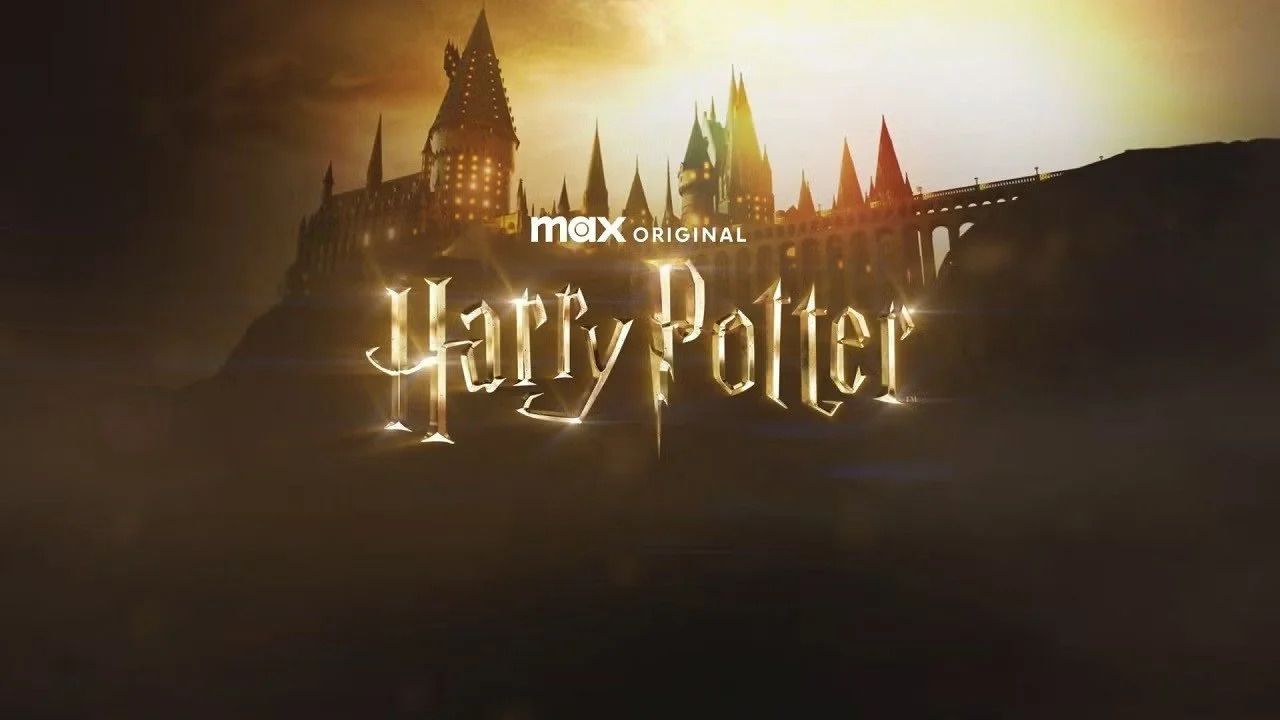The Importance Of She-Ra To LGBTQ+ Storytelling
Image Source: CultureSlate
On this day four years ago, a little animated series on Netflix released its final season and left a lasting mark on the animation landscape as well as fandom culture. This series was none other than the DreamWorks series She-Ra & The Princesses of Power, a show that masterfully blends elements of a war story, a space opera, family drama, and at its heart, a story of queer love that resonates with viewers and fans to this day, an unprecedented reimagining of a classic staple of pop culture, that stands tall alongside its contemporaries and cemented its place in LGBTQ+ Storytelling history.
On The Shoulders Of Giants And Champions
For those of us not in the know, She-Ra’s roots go back to the 1981 Toyline He-Man & The Masters of the Universe by Mattel, which spawned an animated series by Filmation that ran from 1983 until 1985. The series starred Prince Adam aka He-Man, and his many adventures and battles against Skeletor and other forces of evil. While the series and toys were aimed at young boys, Mattel also wanted to reach an audience of young girls as well, and partnered with Filmation once again to develop a new story and characters to tie into the franchise. In 1985, She-Ra made her debut in the animated film He-Man & She-Ra: The Secret of the Sword, where she is introduced as Adora, a soldier of the Evil Horde who upon learning of her own destiny and lineage, takes up the Sword of Protection and rebels against the Horde, becoming the hero She-Ra. It is also revealed that Adora is Prince Adam’s twin sister.
RELATED:
Image Source: YouTube
Later that same year, He-Man and the Masters of the Universe would conclude its series, and She-Ra: Princess of Power hit the airwaves. However, due to She-Ra’s rights falling to between Filmation (now owned by NBCUniversal) and Mattel not gaining the TV rights to the character, the original She-Ra series would be the first and last time that the series would crossover with or acknowledge He-Man, and vice-versa. After She-Ra’s conclusion in 1987, He-Man would receive a live-action movie the same year starring Dolph Lundgren, along with two more animated shows in 1990 and 2002 while She-Ra remained dormant. The property would remain untouched by television and film for nearly thirty years.
The Reboot
Image Source: The DHK (Via YouTube)
In 2015, Netflix and DreamWorks Animation sought to produce a reboot of She-Ra, and would ultimately tap writer and cartoonist N.D. Stevenson to develop the story, reimagining the characters for new audiences. Stevenson was no stranger to bold storytelling, having written and illustrated comics such as Nimona and Lumberjanes. Nimona, of course, would receive an adaptation from Annapurna and Netflix years later in 2023, even being nominated for an Academy Award for Best Animated Feature. Nimona’s storytelling style in the comics would partially set the stage for just what kind of series She-Ra would become.
She-Ra & The Princesses of Power made its debut in November, 2018, with Stevenson serving as showrunner on the series alongside animation veteran Chuck Austen, who’s worked on shows like King of the Hill, Tripping the Rift, and Steven Universe. The series was also unprecedented at its time for having a writer’s room comprised mostly of women, consisting of Josie Campbell (My Adventures with Superman), Katherine Nolfi (Spirit Riding Free), Lara Sreebny (DC Super Hero Girls), M. Willis (Star Trek: Lower Decks), Sonja Warfield (Liv and Maddie), Shane Lynch (Twin Peaks), Rich Burns (Spirit Riding Free), and James Krieg (Justice League Action).
The Story
Image Source: Hornet
Set on the distant planet of Etheria, She-Ra & The Princesses of Power once again focuses on Adora (voiced by Aimee Carrero), a Horde Soldier, who upon discovering the Sword of Protection and learning about the Horde’s sinister goals, rebels against them, turning against best friend-turned-arch enemy Catra (AJ Michalka), and joins the Princess Rebellion, lead by Princess Glimmer (Karen Fukuhara) and her best friend Bow (Marcus Scribner). Meanwhile Catra deals with the responsibilities of becoming a Force Captain in Adora’s place, facing both physical challenges from She-Ra and the rebellion and internal conflict as she deals with her abusive mother figure Shadow Weaver (Lorraine Toussaint) and boss Hordak (Keston John).
Like most cartoons of the mid-late 2010s, the series initially takes on a lighthearted and semi-serialized approach to its story, introducing new settings along with characters both good and bad while navigating an escalating conflict between the Rebellion and the Horde that slowly becomes more intense as the story progresses, and characters are forced into roles and positions that ultimately challenge not only their morals but their relationships with others across the span of five seasons, gradually building up to far greater, as Adora is forced to not only grapple with the less-than-stellar legacy of She-Ra, and the history of the relationship between Etheria and her distant spacefaring ancestors, the First Ones, but also her conflicting feelings and relationship with Catra, as their dynamic becomes more and more strained as the two friends find themselves on opposite sides of an escalating war with the consequences of both their actions becoming more devastating, all culminating in the arrival of the series’ final antagonist,
Horde Prime (also voiced by Keston John), who shifts the story into an even bolder direction during the fifth and final season of the series, seeking to weaponize the legacy of She-Ra to further his crusade across the universe. Horde Prime’s arrival then forces enemies to become allies to save their world in an emotionally resonant conclusion that makes a few select choices that elevate the series above its contemporaries of the time, while also laying the foundation stones for animated series that would come after it.
The show’s final arc in 2020 is, at its core, a love story, and a tale of redemption for all of the cast as they rise to the occasion while also making peace with the conflicts they experienced over the span of a few years, but the series puts Adora and Catra’s relationship in the forefront, and what was previously teased over the series becomes reality as we get to see sides to the characters we knew existed but didn’t know if we’d see, as the characters take the leap in the climax, becoming a couple and sharing a kiss that changes everything, and saves the world, reminiscent of a fairy tale of old or a classic Disney movie. At the end of the day, true love between two women not only saves the world from Prime, but heals it.
The Impact
Image Source: The F Word
When it comes to queer representation, Catra and Adora (affectionately dubbed “Catradora” by fans) are only the tip of the iceberg in the world of Etheria, as the series includes many queer characters and relationships, to the point where it might be near-impossible to find a canonically straight character in-series. The amount of LGBTQ+ rep in this reboot is unprecedented even to this day in a series geared primarily towards kids, and it’s because of this that many young adults flock to the show and its creator, for having effectively made a series that speaks to them and their experiences whilst also presenting a utopia of inclusion in its story. The queer representation also goes beyond the story itself as showrunner N.D. Stevenson is transgender and non-binary.
This series effectively, if not unintentionally harkens back to the original He-Man series of the 80s, which while not explicitly queer, many fans of the original series have argued the presence of queer undertones throughout, with He-Man himself becoming something of a gay icon among the LGBTQ+ community back then, and still to this day, despite not being canonically queer. She-Ra and the Princesses of Power brings the subtext of the original stories and makes those implications explicit, creating a gay icon in She-Ra herself, a character that serves as a reminder of both strength and pride that people in the community can rally around.
This icon status has been made clear by the series’ dedicated and predominantly LGBTQ+ fanbase, which continues to grow even four years after the show’s conclusion. New fanart can be found constantly on social media, there’s always a number of them cosplaying as the characters at conventions around the world, and they still want more from the series in the form of a sixth season or movie. While there are currently no plans for a continuation, some remain hopeful or are willing to fill in the blanks themselves through fanprojects because of how fond they are of these characters and their world.
These characters and stories opened the floodgates for more queer creatives to tell stories authentically with shows like Dead End: Paranormal Park and The Owl House, and we’ll only continue seeing more stories like these in the future.
She-Ra & The Princesses of Power also can be attributed to effectively jumpstarting the MOTU franchise from over a decade of hibernation. A year after the show’s conclusion, Netflix would release two new He-Man adaptations, the first being Masters of the Universe: Revelation, helmed by Kevin Smith, who has gone on record as wanting to do a She-Ra crossover with Stevenson someday. While Revelation was geared more towards fans of the original series, the He-Man & The Masters of the Universe reboot released the same year would focus on introducing the franchise to younger audiences. Sadly, this series did not garner as large of a following as Revelation or She-Ra and would be canceled after three seasons. Most recently, in January 2024 Netflix released Masters of the Universe: Revolution, Smith’s follow-up to Revelation, which introduced the Horde to the story, and included a cameo from Despara. (voiced by Grey Delisle) Those familiar with a certain comic book run would know that Despara is a version of Adora raised by the Horde. Whether or not Smith will be able to, or even plans to follow up this reveal is still up in the air, but a sign that perhaps She-Ra and He-Man can reunite once again. Additionally, a He-Man movie that has been trapped in development hell for years recently found a new director in Travis Knight.
MOTU projects aside, a live-action She-Ra series was revealed to be in development at Amazon in 2021, though only time will tell if the series can reach the monumental bar set by Stevenson’s reboot. In the meantime, there’s no denying just how big She-Ra has become to its fans, to the franchise it calls home, and to the LGBTQ+ community as a whole.
READ NEXT:


















